Section 2
Soil and Plant Microbiology
By Boundless
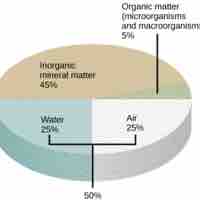
Soil is a mix of varying amounts of inorganic matter, organic matter, water, and air.
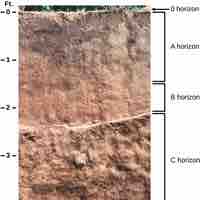
Soils are made up of combinations of four distinct layer types or horizons: O horizon, A horizon, B horizon, and C horizon.
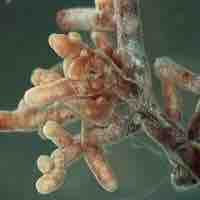
A mycorrhiza is a symbiotic association between a fungus and the roots of a vascular plant.
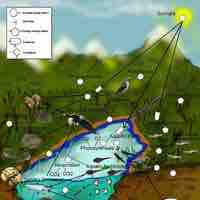
Wetlands are considered one of the most biologically diverse of all ecosystems.
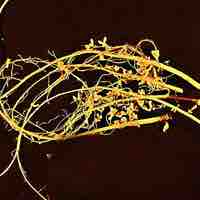
An endophyte is an endosymbiont, often a bacterium or fungus, that lives within a plant for at least part of its life without causing apparent disease.
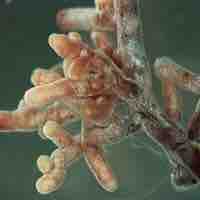
Many plants form associations called mycorrhizae with fungi that give them access to nutrients in the soil, protecting against disease and toxicities.
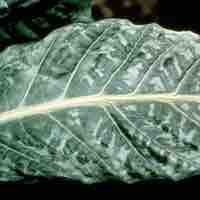
There are four main bacterial pathogenicity factors: cell wall degrading enzymes, toxins, phytohormones, and effector proteins.
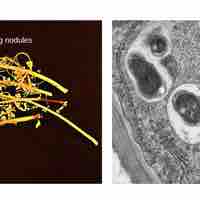
Plants cannot extract the necessary nitrogen from soil, so they form symbiotic relationships with rhizobia that can fix it as ammonia.